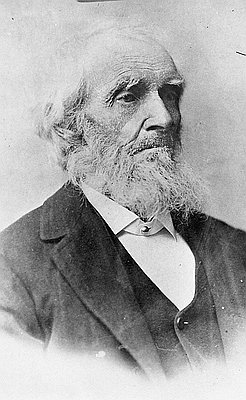- Catalog No. —
- OrHi 103801
- Date —
- 1900-1910
- Era —
- 1881-1920 (Industrialization and Progressive Reform)
- Themes —
- Agriculture and Ranching, Government, Law, and Politics
- Credits —
- Oregon Historical Society
- Regions —
- Portland Metropolitan
- Author —
- Unknown
Threshing near Klamath Falls
This postcard shows farmers using a steam-powered thresher near Klamath Falls, which was originally called Linkville. In 1909, the Southern Pacific Railroad reached Klamath Falls, helping attract more settlers to the area. From 1900 to 1910, Klamath County’s population jumped from 3,970 to 8,554. Immigrants were also lured by a large-scale federal irrigation project in the Klamath Basin initiated by the 1902 Reclamation Act. Between 1905 and 1962, the engineers of the Klamath Project drained about 110,000 acres of wetlands the region and made the “reclaimed” land available to homesteaders. They also built an extensive system of canals, dikes, and dams and offered summertime irrigation on up to 233,625 acres of land.
One of the earliest areas of “reclaimed” land was in a valley near Klamath Falls. A 1910 government census showed that Timothy grass and alfalfa were the most commonly grown crops in the county. In 1930, the county's population was 32,407 and prominent agricultural products included potatoes, alfalfa, and beef.
Further Reading:
Foster, Doug. “Refuges and Reclamation: Conflicts in the Klamath Basin, 1904-1964.” Oregon Historical Quarterly 103, 2002: 150-87.
Robbins, William G. Landscapes of Promise. Seattle, Wash., 1997.
Written by Kathy Tucker, © Oregon Historical Society, 2002.
Related Historical Records
-
George Nurse, Founder of Linkville
Born in New York in 1820, George Nurse, pictured here circa 1900, entered the Oregon Country through California in the early 1860s. In 1860, the Federal Government granted …

-
Klamath Falls, 1941
In 1860, the Federal Government granted the states swamplands, and by 1867, Oregon opened these lands to settlers. That same year, “swampgrabber” George Nurse secured 160 acres of …

